Overview and White Colne
An exhibition showing changes to village shops and houses over the last 150 years
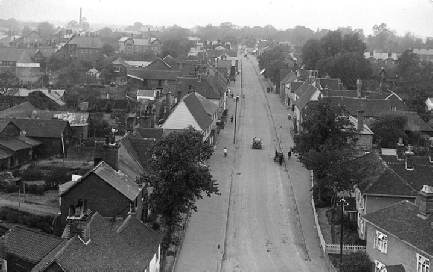
Views from St Andrew’s Church tower
1920
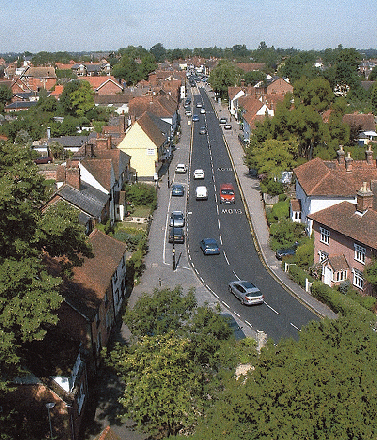
2009
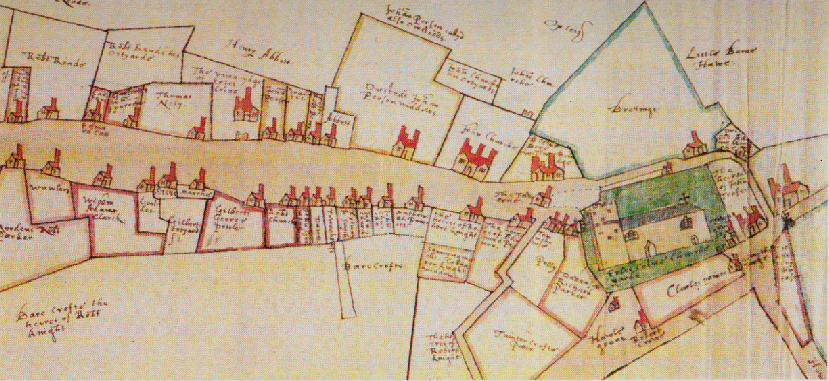
Map of Earls Colne drawn by Israel Amyce in 1598.
Over half of the wooden-framed houses shown on this map are still there – hidden behind later facades of brick and plaster.
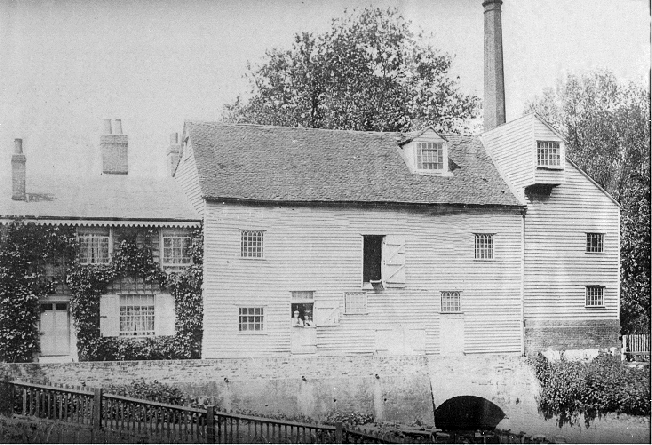
The boundary between Earls Colne and White Colne continued along the Colchester Road as far as Chalkney Mill. The local pharmacist, Charles Tyler, won a prize for this photograph of the mill in 1897.

One of Mr Tyler’s most charming pictures. looking from the top of Colneford Hill, shows a group of children enjoying a sunny day at the end of the nineteenth century.
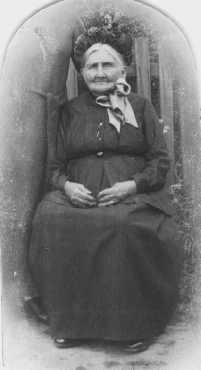
In a cottage at the top of Colneford Hill, long since demolished, lived Mrs Lavinia Keeble-Smith who reached her hundredth birthday in January 1932.
The local paper reported that she she still had a wonderful memory.
Her recollections went back well before the Crimean War. Times were hard in those days. It was usual for poorer people to soak bread crusts in boiling water to drink in place instead of tea. She remembers the stage coaches passing through the district on their way to London, remarking “I have run behind them many a time”.
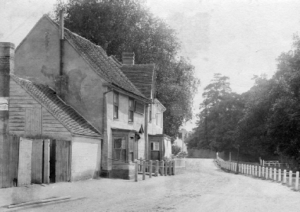
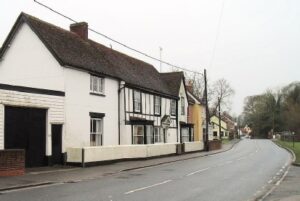
At the bottom of Colneford Hill was the White Hart Inn, whose landlord catered for large dinner parties and outdoor events, such as the so-called ‘Gypsy Parties’ which were public picnics held in Chalkney Wood.
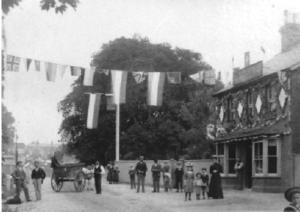
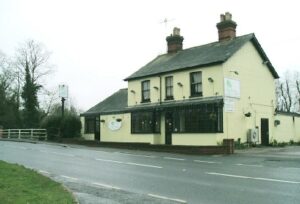
Across the river was the Anchor pub, rebuilt in 1885, and here seen decorated for the celebrations to mark Queen Victoria’s Diamond Jubilee in 1897.
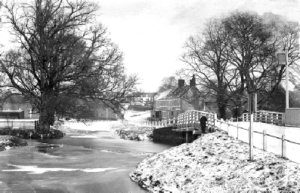
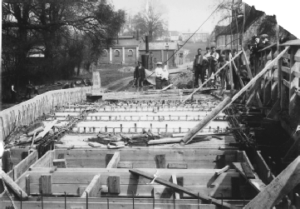
Until the early years of the 20th century there was only a wooden bridge to get to one side of the river to the other. Horse-drawn vehicles and early motor cars had to drove through the ford itself.
The bridge was rebuilt and widened to take vehicles in 1909. The local paper reported on the unusual methods used to test the new roadway was structurally sound. Tow steam rollers with a combined weight of 24 tons were driven onto the bridge abreast of one another and passed over. The deflection caused by their weight was found to be extremely small.
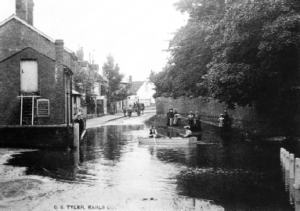
Flooding of the river after heavy rain still causes problems for nearby residents. But in earlier times some resourceful person kept a rowing boat handy and operated a ferry service to rescue stranded pedestrians.
